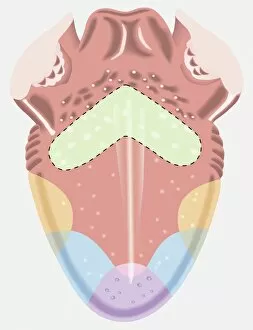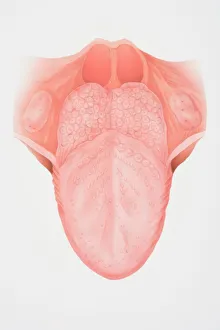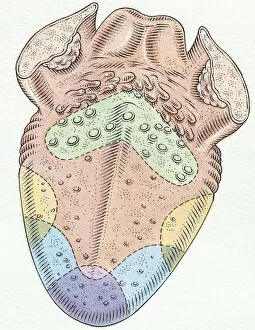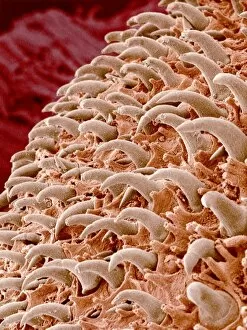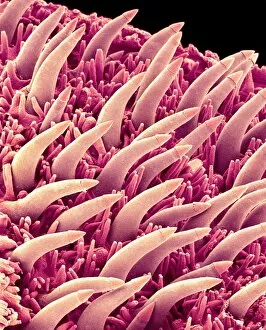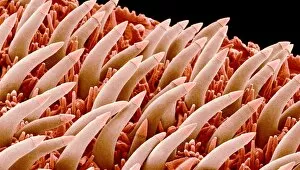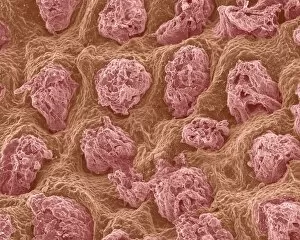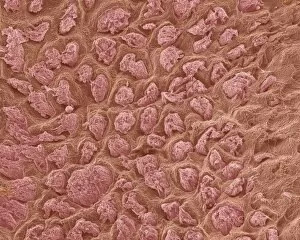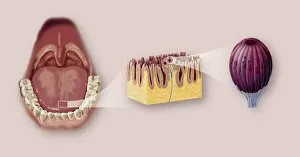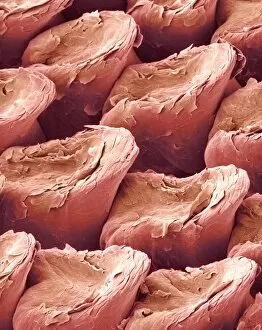Taste Buds Collection
"Unlocking the Secrets of Taste: Exploring the Fascinating World of Taste Buds" Did you know that our tongues are equipped with a remarkable map of taste
All Professionally Made to Order for Quick Shipping
"Unlocking the Secrets of Taste: Exploring the Fascinating World of Taste Buds" Did you know that our tongues are equipped with a remarkable map of taste? This intricate map reveals different areas on our tongue that are sensitive to various tastes. The front view diagram of the tongue showcases this fascinating phenomenon. As we delve deeper into this microscopic world, we discover the taste buds themselves. These tiny structures play a crucial role in our perception of flavors. Incredibly, they can be found in different regions such as vallate, fungiform, and filiform papilla areas. The taste bud's sensitivity is truly astounding. The light green area on the map represents its responsiveness to bitter tastes, reminding us why some foods may leave a bitter aftertaste. Meanwhile, yellow areas indicate sourness and blue areas signify saltiness—essential components for balancing flavors in culinary delights. But it doesn't end there. The purple region highlights our love for all things sweet. It's no wonder why indulging in sugary treats brings us immense pleasure. Not limited to humans alone, even fish possess their own set as revealed by SEM images capturing their microscopic beauty. These images showcase fish taste buds up close – an astonishing reminder that nature has bestowed these sensory wonders upon diverse species. So next time you savor your favorite dish or cringe at something bitter, take a moment to appreciate the incredible complexity behind your sense of taste—the intricate dance between your tongue's anatomy and those amazing little receptors called taste buds that bring flavor to life.

